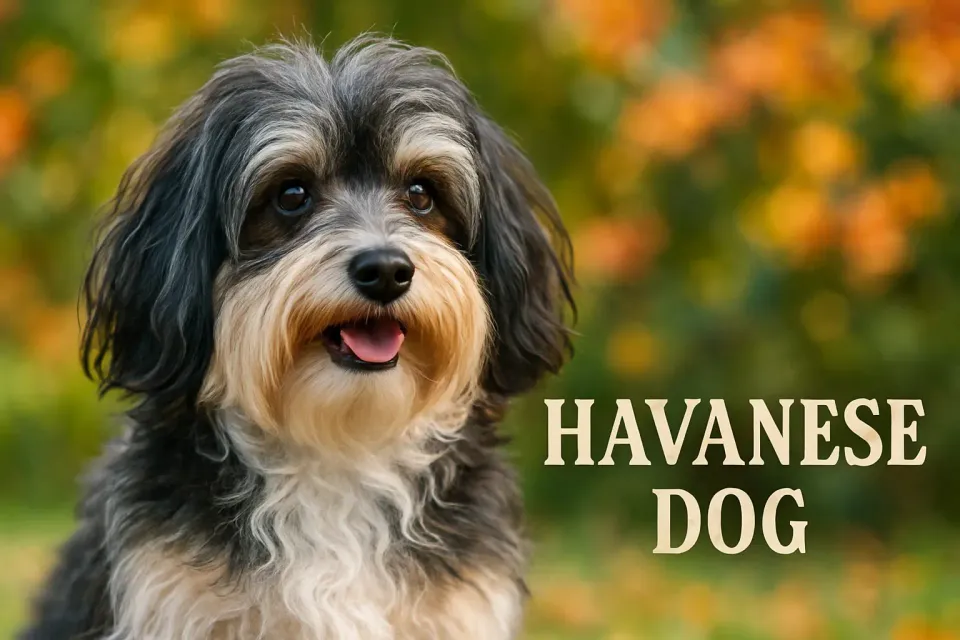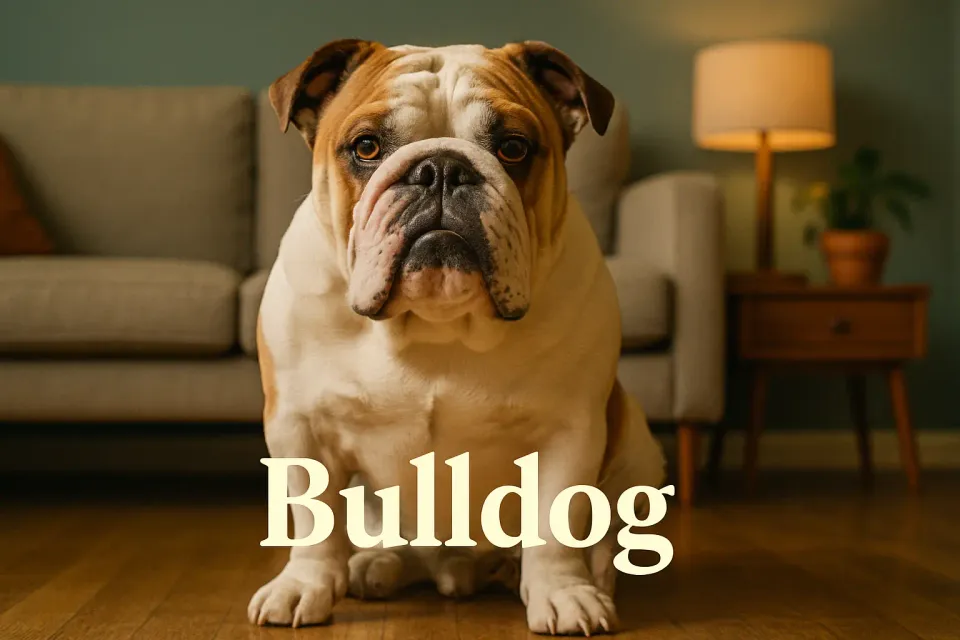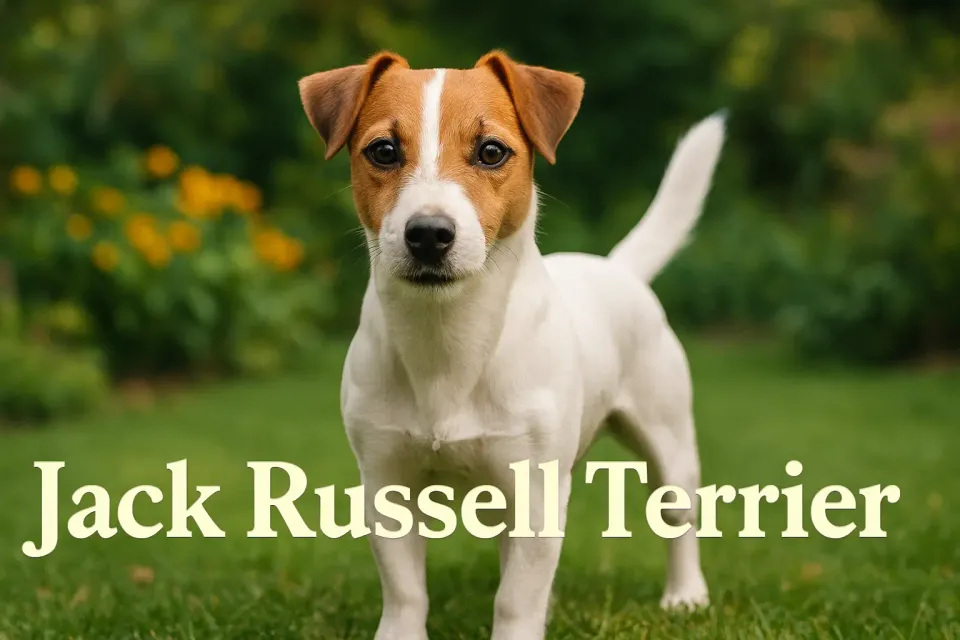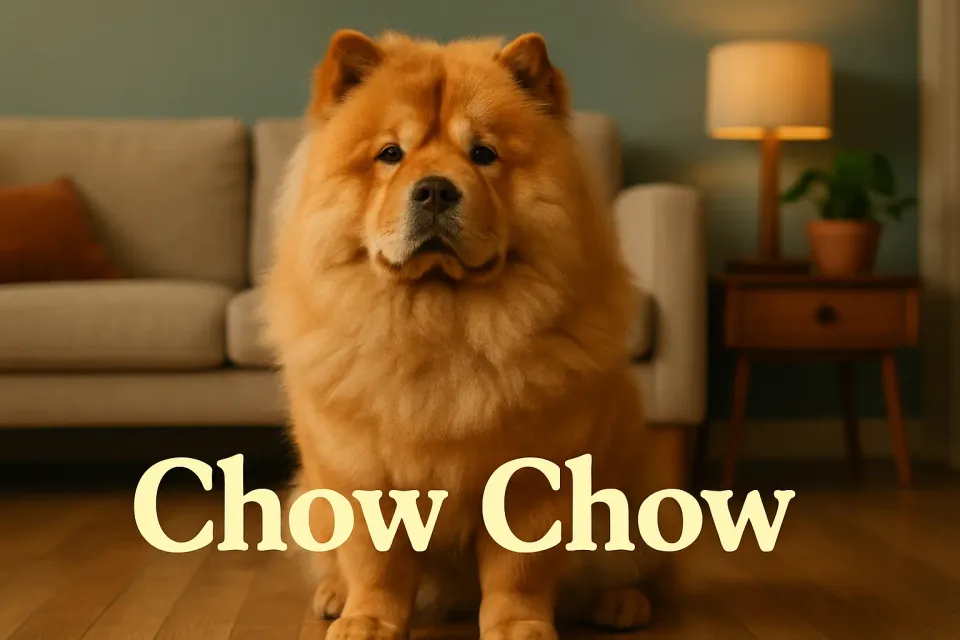Akita Inu Dog: Your Ultimate Guide to Japan’s Loyal Guardian 🐕

The Akita Inu Dog, often simply called the Akita, is a majestic and powerful breed hailing from Japan, renowned for its unwavering loyalty, dignified presence, and protective instincts. Originating from the rugged mountains of northern Japan, the Akita Inu Dog has served as a hunter, guard dog, and cultural icon, famously embodied by Hachiko, the loyal Akita who waited for his owner daily. Today, the Akita Inu Dog is a cherished family companion, admired for its strength and devotion. This comprehensive guide explores the Akita Inu Dog, covering its history, characteristics, care requirements, health concerns, and tips for prospective owners. Whether you’re drawn to its noble heritage or its steadfast loyalty, the Akita Inu Dog is a breed of profound character. 🌟
To explore other popular breeds, check out Dog Breeds in India.
History and Origin of the Akita Inu Dog 📜
The Akita Inu Dog traces its roots to the Akita Prefecture in northern Japan, where it was developed over centuries by the Matagi hunters.
- Ancient Hunters: The Akita Inu Dog was bred to hunt large game like bears, boars, and deer, valued for its strength and agility in snowy, mountainous terrain.
- Cultural Icon: By the 17th century, the Akita Inu Dog became a symbol of samurai loyalty, often kept by Japanese nobility as a guard dog.
- Hachiko’s Legacy: In the 1920s, Hachiko, an Akita Inu Dog, gained worldwide fame for waiting daily at Shibuya Station for his deceased owner, cementing the breed’s reputation for loyalty.
- Global Spread: After World War II, American servicemen brought the Akita Inu Dog to the US, leading to two strains: the Japanese Akita Inu and the American Akita. The Akita Inu Dog was recognized by the American Kennel Club (AKC) in 1972.
The Akita Inu Dog remains a national treasure in Japan, designated as a Natural Monument in 1931.
Characteristics of the Akita Inu Dog 🐾
The Akita Inu Dog is a large, well-muscled breed with a fox-like appearance and a commanding presence. Here’s what defines the Akita Inu Dog:
Physical Traits
- Size: The Akita Inu Dog stands 61–71 cm (24–28 inches) tall and weighs 32–59 kg (70–130 lbs), with males larger than females.
- Coat: A dense double coat with a harsh outer layer and a soft undercoat, suited for cold climates. The Akita Inu Dog comes in colors like white, brindle, pinto, and red with white markings (urajiro).
- Head: A broad, bear-like head with a short muzzle, small triangular eyes, and erect, forward-tilting ears, giving the Akita Inu Dog an alert expression.
- Body: A sturdy, muscular frame with a deep chest, level topline, and strong legs. The Akita Inu Dog’s tail curls tightly over the back.
Personality
- Loyal and Devoted: The Akita Inu Dog is fiercely loyal, often bonding closely with one owner, making it a dedicated protector.
- Intelligent: The Akita Inu Dog is highly intelligent but independent, requiring a confident trainer.
- Protective: Naturally territorial, the Akita Inu Dog is an excellent guard dog, wary of strangers but gentle with family.
- Calm and Dignified: The Akita Inu Dog is composed, preferring quiet environments but capable of bursts of energy.
Temperament
The Akita Inu Dog is a reserved, dignified breed that thrives in structured environments with experienced owners. It’s affectionate with family but may be aloof or aggressive with unfamiliar dogs, requiring early socialization. The Akita Inu Dog is not ideal for apartments due to its size and territorial nature, preferring homes with fenced yards.
Why Choose an Akita Inu Dog? 🌈
The Akita Inu Dog is a compelling choice for many reasons:
- Unmatched Loyalty: The Akita Inu Dog offers devotion akin to Hachiko’s legendary bond, ideal for dedicated owners.
- Protective Instincts: The Akita Inu Dog is a natural guardian, deterring threats with its imposing presence.
- Stunning Appearance: The Akita Inu Dog’s fox-like face and plush coat make it a showstopper.
- Cultural Significance: Owning an Akita Inu Dog connects you to Japan’s rich heritage.
- Adaptable: The Akita Inu Dog thrives in various climates, thanks to its versatile coat.
Care Requirements for an Akita Inu Dog 🧼
Owning an Akita Inu Dog requires commitment to its physical, mental, and emotional needs. Here’s how to care for your Akita Inu Dog:
Grooming
The Akita Inu Dog’s double coat requires regular maintenance:
- Brushing: Brush 2–3 times weekly with a pin brush or slicker brush to remove loose fur and prevent matting. During shedding seasons (spring and fall), daily brushing is needed for the Akita Inu Dog.
- Bathing: Bathe every 6–8 weeks with a dog-specific shampoo to maintain the Akita Inu Dog’s coat health.
- Ear and Nail Care: Clean ears weekly to prevent infections and trim nails monthly to ensure comfort, as the Akita Inu Dog’s weight stresses overgrown nails.
- Dental Hygiene: Brush the Akita Inu Dog’s teeth 2–3 times weekly to prevent tartar buildup.
Exercise
The Akita Inu Dog has moderate exercise needs:
- Daily Activity: Provide 1–2 hours of exercise, including brisk walks, jogs, or play in a secure, fenced area. The Akita Inu Dog enjoys purposeful tasks.
- Mental Stimulation: Engage the Akita Inu Dog with puzzle toys or obedience training to keep its mind sharp.
- Leash Training: Always use a sturdy leash, as the Akita Inu Dog may chase small animals due to its hunting instincts.
Diet and Nutrition
A balanced diet supports the Akita Inu Dog’s health:
- High-Quality Food: Feed premium large-breed kibble with protein sources like chicken or fish to support muscle mass.
- Portion Control: The Akita Inu Dog needs 3–5 cups of food daily, split into 2 meals, to prevent bloat and obesity.
- Treats: Use low-calorie treats sparingly to avoid weight gain in the Akita Inu Dog.
- Hydration: Ensure constant access to fresh water, especially in warm climates.
- Supplements: Add omega-3 for coat health and glucosamine for joint support in the Akita Inu Dog.
Training
The Akita Inu Dog is intelligent but strong-willed:
- Positive Reinforcement: Use treats and praise to build trust, as the Akita Inu Dog may resist harsh methods.
- Early Socialization: Expose the Akita Inu Dog to people, dogs, and environments from a young age to reduce aggression toward strangers or other dogs.
- Firm Leadership: Establish yourself as the pack leader with consistent commands, as the Akita Inu Dog respects authority.
- Obedience Training: Teach “sit,” “stay,” and “leave it” to manage the Akita Inu Dog’s protective instincts.
Health Concerns for an Akita Inu Dog 🩺
The Akita Inu Dog is generally healthy but prone to certain conditions:
- Hip Dysplasia: A common issue in large breeds, causing joint pain. Regular exercise and weight management help.
- Bloat (Gastric Torsion): Life-threatening in deep-chested breeds like the Akita Inu Dog, requiring smaller meals and no exercise after eating.
- Sebaceous Adenitis: A skin condition causing hair loss and scaling in the Akita Inu Dog, treatable with medicated shampoos.
- Progressive Retinal Atrophy: An eye condition leading to blindness, detectable through genetic testing.
- Autoimmune Disorders: The Akita Inu Dog may develop conditions like hypothyroidism, requiring lifelong medication.
Regular vet checkups, vaccinations, and parasite prevention ensure the Akita Inu Dog lives 10–15 years.
Cost of Owning an Akita Inu Dog 💸
Owning an Akita Inu Dog involves significant expenses due to its size:
- Purchase/Adoption: An Akita Inu Dog puppy from a reputable breeder costs INR 50,000–100,000 (AUD 1,000–2,000). Adoption fees are lower, around INR 5,000–10,000.
- Initial Supplies: Crate, bed, leash, and toys cost INR 3,000–7,000 (AUD 60–140).
- Food: Quality food for an Akita Inu Dog costs INR 2,000–4,000/month (AUD 40–80).
- Grooming: Grooming costs INR 1,000–2,000 (AUD 20–40) every few months.
- Vet Care: Annual checkups, vaccinations, and preventives cost INR 5,000–12,000/year (AUD 100–240).
Is an Akita Inu Dog Right for You? 🤔
The Akita Inu Dog is an excellent choice if you:
- Have space for a large breed, ideally a home with a fenced yard.
- Are experienced with strong-willed, independent dogs.
- Want a loyal, protective companion.
- Can provide consistent training and socialization.
The Akita Inu Dog may not suit:
- Apartment dwellers with limited space.
- First-time owners, due to training challenges.
- Households with other dogs or small pets, as the Akita Inu Dog can be territorial.
- Those seeking a highly sociable dog, as the Akita Inu Dog is reserved with strangers.
Tips for Choosing an Akita Inu Dog 🐕
When selecting an Akita Inu Dog, follow these tips:
- Reputable Breeder: Choose a breeder registered with the Kennel Club of India or AKC, providing health clearances for hip dysplasia and eye conditions in the Akita Inu Dog’s parents.
- Health Check: Ensure the Akita Inu Dog puppy has clear eyes, a healthy coat, and no signs of joint issues.
- Temperament: Look for a confident, calm Akita Inu Dog puppy that interacts well with people.
- Adoption Option: Consider rescuing an Akita Inu Dog from shelters or breed-specific rescues for a cost-effective, ethical choice.
Fun Facts About the Akita Inu Dog 🎉
- National Treasure: The Akita Inu Dog is one of Japan’s seven native breeds, protected as a Natural Monument.
- Hachiko’s Fame: The Akita Inu Dog Hachiko inspired a Hollywood film, “Hachi: A Dog’s Tale,” starring Richard Gere.
- Royal Guardians: The Akita Inu Dog was historically kept by samurai, symbolizing loyalty and honor.
- Color Symbolism: In Japan, a red Akita Inu Dog with white markings is considered a sign of good fortune.
FAQs About the Akita Inu Dog ❓
How much grooming does an Akita Inu Dog need?
The Akita Inu Dog requires 2–3 weekly brushings, with daily brushing during shedding seasons.
Is the Akita Inu Dog good with kids?
The Akita Inu Dog is protective of children but needs supervision due to its size and strength.
How much exercise does an Akita Inu Dog need?
The Akita Inu Dog needs 1–2 hours of daily activity, like walks or play in a fenced area.
Is the Akita Inu Dog easy to train?
The Akita Inu Dog is intelligent but strong-willed, requiring firm, positive training.
What health issues affect the Akita Inu Dog?
The Akita Inu Dog is prone to hip dysplasia, bloat, and autoimmune disorders.
How long does an Akita Inu Dog live?
With proper care, an Akita Inu Dog lives 10–15 years.
Conclusion: Embrace the Nobility of the Akita Inu Dog ✨
The Akita Inu Dog is a magnificent blend of loyalty, strength, and dignity, making it an exceptional companion for experienced owners. Its protective instincts, stunning appearance, and deep cultural roots ensure the Akita Inu Dog brings pride and devotion to any home. By providing regular grooming, balanced nutrition, consistent training, and thorough vet care, you can ensure your Akita Inu Dog thrives as a guardian and friend. Whether you’re inspired by Hachiko’s legacy or the breed’s samurai spirit, the Akita Inu Dog is ready to become your steadfast partner. Welcome an Akita Inu Dog into your life and experience the profound bond of this Japanese treasure! 🐶🌟





